What impact does adjusting the fan configuration have on the efficiency and acoustic pfrofile of the Scythe Fuma 3 cooler? We report on the possible changes in the additional tests, where in one of the modes, the heatsink is supplemented with a third fan and in the other we replaced the low-profile fan with a thicker model, but at the same time we deprived the cooler of one of the advertised advantages – the counter-rotating fans. Read more “Scythe Fuma 3 bonus tests: Third fan and same rotation”
Tag: Scythe
Scythe Fuma 3 – A pair of counter-rotating impellers
Another cooler that we will have time to look at this year is the Scythe Fuma 3. This cooler uses several atypical design elements, which makes it different from the usual dual-tower coolers in its class. Moreover, with a price tag of just over 50 EUR, it could offer an interesting price/performance ratio. Additionally, this is my first experience with a Scythe cooler, so I’m also duly curious to see how the Fuma 3 performs in stress tests. Read more “Scythe Fuma 3 – A pair of counter-rotating impellers”
This is “Grand Tornado” – finally an elite Scythe fan
We’ve known about Scythe’s preparations for a new fan for some time now. We are only now getting to the details of its design. While it hasn’t officially been released yet, it has appeared in Wootware catalogue – and in all its glory. In addition to the complete parameters, we have several high-resolution photos available. With the Grand Tornado fan, Scythe is sure to get a say in who has the “best” fan. Read more “This is “Grand Tornado” – finally an elite Scythe fan”
Scythe Kaze Flex II 120: Wild ride in reverse
Clockwise rotation fans are quite a rarity, you don’t normally come across them. However, Scythe, for example, makes such models and for good reason. Why not take it the other way around? In terms of standalone operation, of course, it doesn’t matter. In series, in the position of the second fan, it is possible to achieve higher cooling performance on CPU coolers compared to using fans with the same direction of rotation. Read more “Scythe Kaze Flex II 120: Wild ride in reverse”
Scythe Kaze Flex II 120 Slim: Well balanced SFF fan
Low-profile fans are a special category, but sometimes they are unavoidable in more confined spaces. For technical reasons, it’s always about compromises compared to more respectable fans of normal thickness, but their weight can vary. If the Arctic P12 Slim and Alphacool SL-15 don’t fit your needs, the Scythe Kaze Flex II 120 Slim may be the closest thing to what you’re looking for. Read more “Scythe Kaze Flex II 120 Slim: Well balanced SFF fan”
Third time’s the charm? Scythe has the Fuma 3 CPU cooler
One of the youngest “brands” or series of Scythe coolers – Fuma – is growing with a new model. The Fuma 3 builds on its predecessors with a dual-tower heatsink design, and hopefully with even higher cooling efficiency. Dimensions haven’t changed much between generations, but some fins have grown and weight has increased. Regarding this cooler, Scythe is talking about a new flagship with aerodynamic optimizations. Read more “Third time’s the charm? Scythe has the Fuma 3 CPU cooler”
In vivo fan tests: 14 models in system positions
Here and there we come across the opinion that it is advisable to test fans in real life conditions, which we can easily refute. At the same time, we understand that a layman can best identify with the differences in component temperatures that arise precisely due to different fan airflows. To help you see the correlations of such tests with results from “unnatural” environments, here’s something we remembered. Read more “In vivo fan tests: 14 models in system positions”
Kotetsu Mark III, Scythe modernizes its mid-range CPU coolers
Neither small nor big, just Kotetsu Mark. The latest, third version of this CPU cooler comes with support for AMD AM5 and Intel LGA 1700 platforms in particular. In terms of body design, the Kotetsu Mark III sticks to the features of its predecessor in many ways, but at least one change with the new heatsink raises questions. The answers are perhaps the features of the Kaze Flex II fan, which will eventually be used in this line (of Kotetsu coolers) as well. Read more “Kotetsu Mark III, Scythe modernizes its mid-range CPU coolers”
Kaze Flex II fan is now also on the Scythe Mugen 5 rev. C
One fan after another is changed on the Mugen 5’s heatsink. It wasn’t that long ago that we wrote a report on the “S” variant (with the Wonder Snail 120 fan), which supports the Intel LGA 1700 platform. And there really are a lot of variants that differ mainly by the fan. But this latest one, also referred to as revision C, might be the most efficient. At least among those options that are designated for Europe. Read more “Kaze Flex II fan is now also on the Scythe Mugen 5 rev. C”
Scythe Fuma 2 in rev. B: LGA 1700 support and higher performance
As is Scythe’s habit, the Fuma 2 cooler comes with support for a new platform (Intel LGA 1700) with a new revision (B). However, in addition to compatibility, the fan speed range has also been expanded. Instead of Kaze Flex 120 PWM, Kaze Flex II 120 PWM are used. The combination of a narrower fan in the front and a wider fan in the middle remains. The inverted fan blades are also retained, which rotate in an unconventional opposite direction. Read more “Scythe Fuma 2 in rev. B: LGA 1700 support and higher performance”
Big Shuriken 3’s revision B: LGA 1700 support and better fan
Scythe has followed up the original Big Shuriken 3 cooler with a new revision. It brings, in addition to native support for Alder Lake processors, a supposedly improved fan. The Kaze Flex II is said to achieve the same cooling performance at lower noise levels, which is nice in the inexpensive top-flow category. There are really few coolers like this, and the Big Shuriken 3 rev. B has all the prerequisites to sit on an imaginary throne in its price category. Read more “Big Shuriken 3’s revision B: LGA 1700 support and better fan”
How sensitive is Ninja 5 heatsink to airflow changes?
The original fans are quite slow, so it was especially fascinating to watch how the heatsink behaved with settings that are not intended for it – with a proper airflow through the ribs. Not only with both fans, but also with just one. Some results really surprised us. And the temperatures in the passive mode are very interesting too, one of the reasons why Ninja coolers have such a good reputation. Read more “How sensitive is Ninja 5 heatsink to airflow changes?”
Scythe Ninja 5: evolution of the revolutionary predecessor
The fourth Ninja was a pleasant surprise (mainly because of its unattractive predecessor). Scythe used improved version of the first two designs, and shortly after created popular Fuma series based on Ninja 4. Fuma rev. A was the best deal for the money, although the current second version is a bit different story. Now there’s the new Ninja 5 that looks very promising. The core remains unchanged, but the cooler is bigger and stronger than before. Read more “Scythe Ninja 5: evolution of the revolutionary predecessor”
The 5th generation of the legendary Ninja is here!
The Ninja cooler series is very unique. It has been twelve years since the introduction of the first model. Even after such a long time, the Japanese company constantly enhances its original design and increases its efficiency. After four successful generations, they are releasing the fifth Ninja. Modestly, without fanfare and any drama, the way they always do. All the more appealing surprise. Read more “The 5th generation of the legendary Ninja is here!”
How can a pressure of a cooler affect its cooling performance?
One of the things that make testing of CPU coolers interesting is that you can never know how will a particular cooler perform. There are too many variables that affect the results. Such as the pressure on the processor, for example. We‘ve tried to find out what a weaker assembly system can cause, but also whether it pays off to cross the safe threshold. Read more “How can a pressure of a cooler affect its cooling performance?”





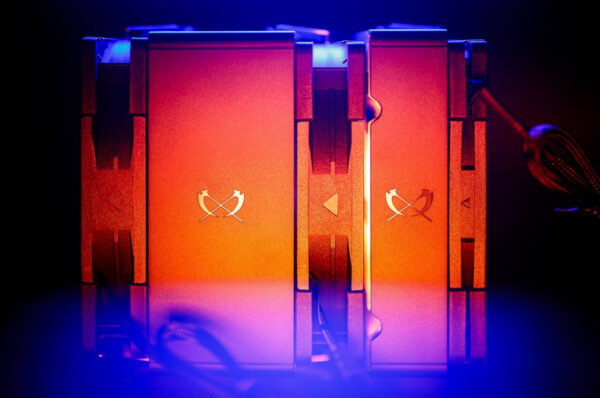

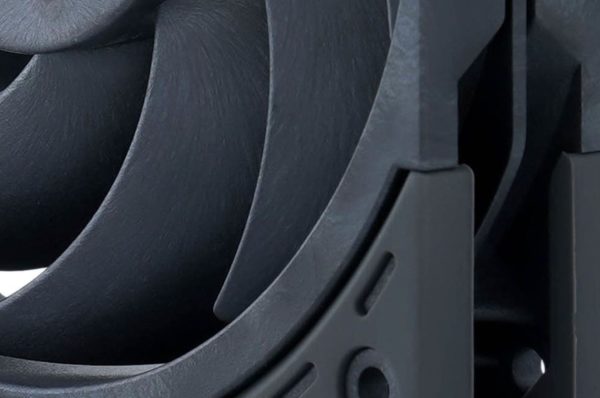
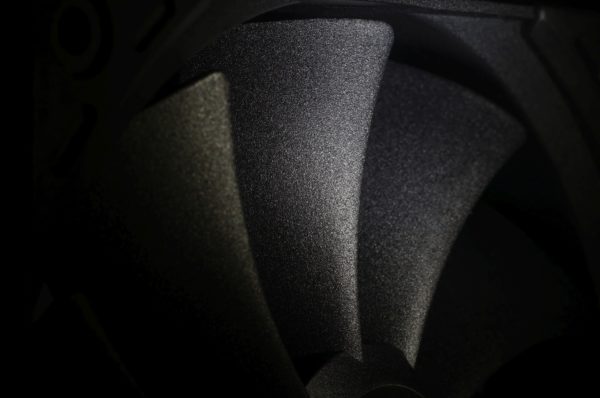
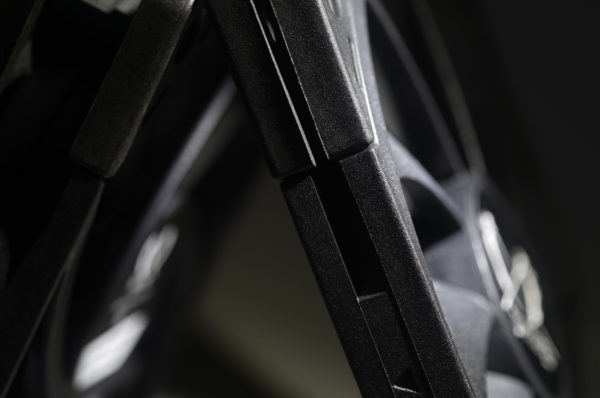

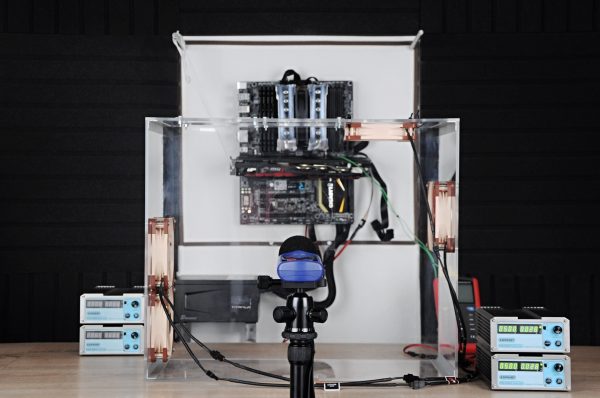
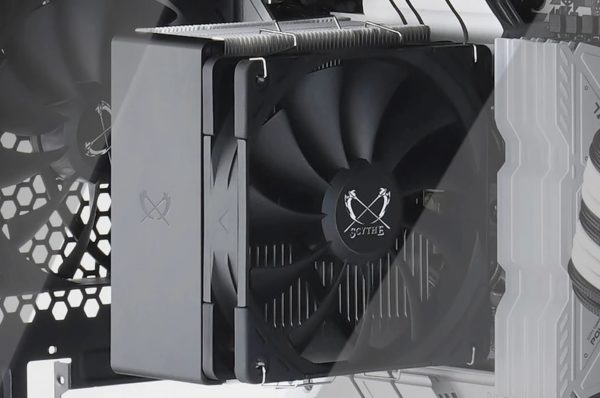
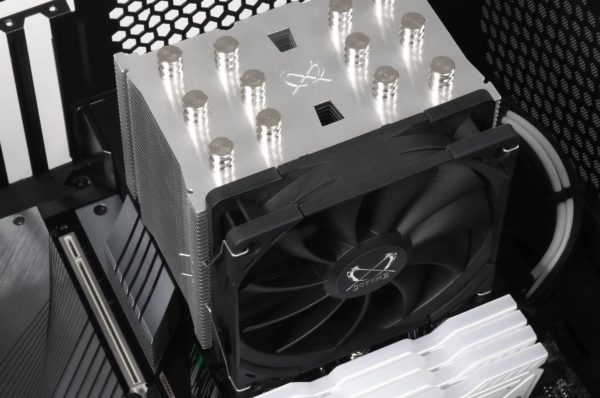
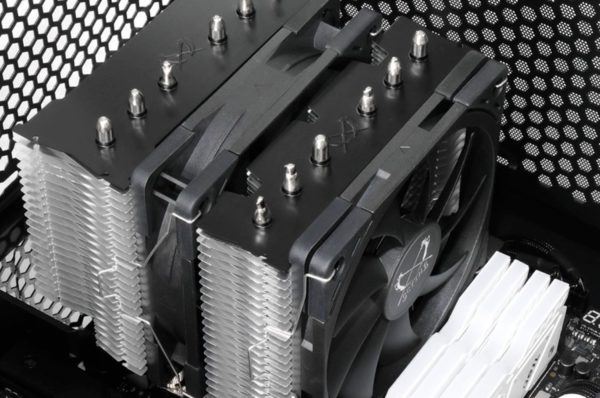
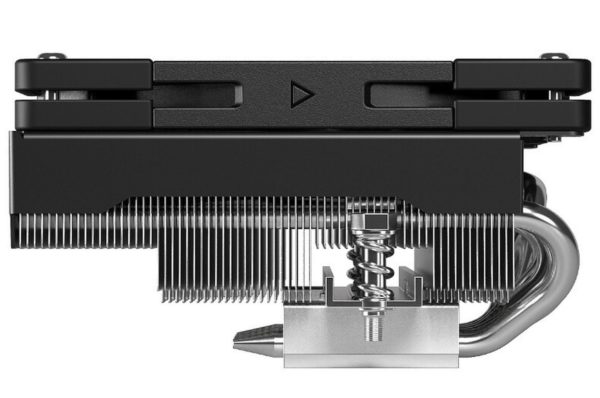
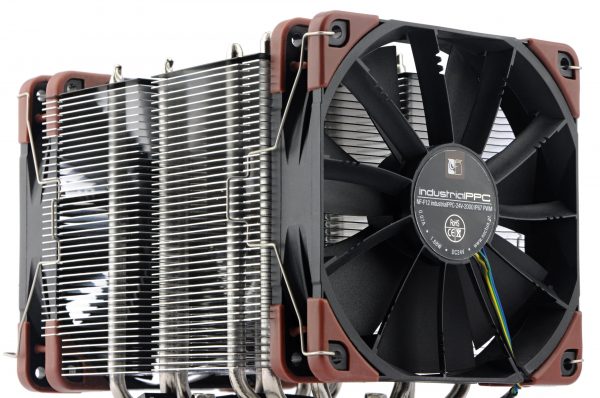
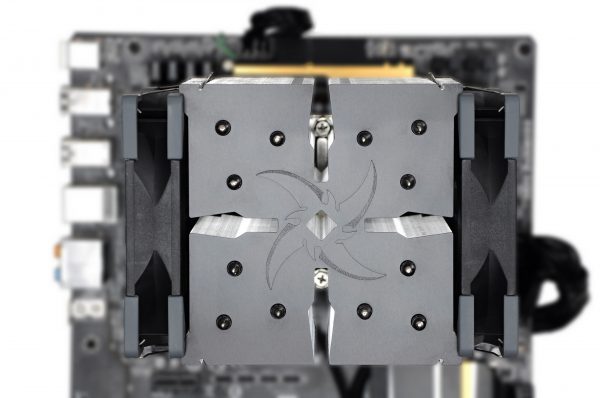
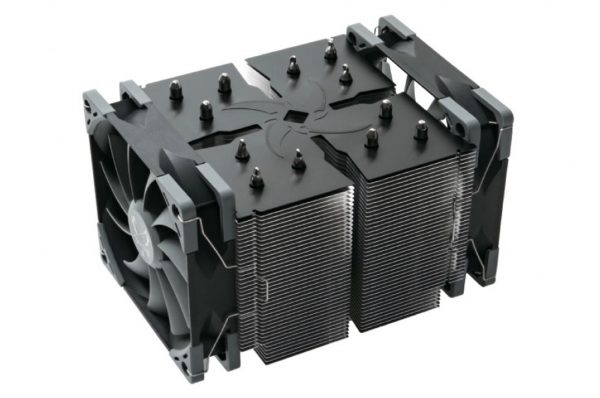
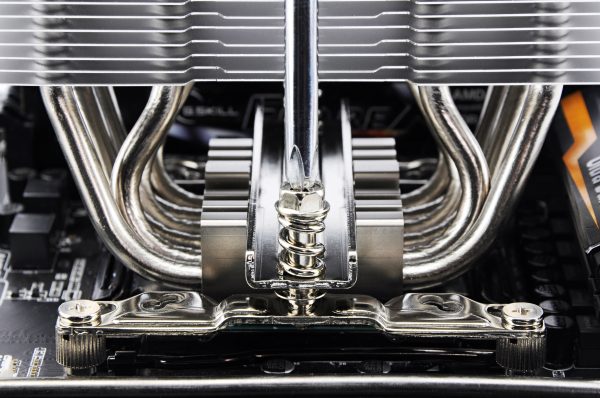



Latest comments